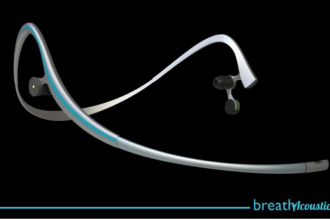Designing an effective hospital website is getting a lot more complicated than it used to be. According to Health Leaders Media, hospitals’ quality metrics are under tight review by payers. The honesty and relevance of their websites’ claims and content are getting scrutinized more closely than ever.
Designing an effective hospital website is getting a lot more complicated than it used to be. According to Health Leaders Media, hospitals’ quality metrics are under tight review by payers. The honesty and relevance of their websites’ claims and content are getting scrutinized more closely than ever. They are being asked to pick up a greater portion of the hospital’s marketing strategy by providing patient education and increasing connectivity – all this while still being optimized for the highest possible search engine results. It’s enough to give a hospital marketer a headache!
Fortunately there is help available. The article focused on hospitals that were deemed to provide sufficient website transparency, as opposed to mere stock photographs and lofty platitudes. A good hospital website serves to meet regulations, but also needs to be a workhorse in the marketing strategy. With patients exercising more choice over where to have medical tests and procedures, the website must convey a strong marketing message and back that up with facts.
Criteria for enhancing website effectiveness can be based on the National Quality Forum and Agency for Healthcare Research and Quality’s guidelines for “consumer-focused Internet-based public reporting of health performance data.” Components of a website that does more than just boast about the latest technology or the hospital’s commitment to health include:
- Transparency: Displays relevant safety and quality data, and provides an ability to compare information with other hospitals; has explanations of services and statistics in understandable language.
- Design: Includes easy navigation, multiple language translations, clearly identifiable advertising, and pertinent staff information.
- Credibility: Contains current updates, statistics, and contact information.
- Literacy: Makes sure the site is easily understandable for the average patient. Minimizes use of jargon and provides definitions of medical terms.
- Connectivity: Provides easy ways for prospective patients and the community to stay in touch with the hospital.
Once the content has been identified and vetted, the hospital website designer must insure that the site is easily functional across all digital devices – PCs, laptops, tablets and smartphones. Each visitor much have the same rich viewing experience, no matter what platform is used to visit the site.
Finally, the website needs to be capable of fulfilling its place in the overall marketing strategy by helping to attract new patients. The hospital website design and content must include search engine optimization and use of keywords in order to propel the site to the top of search results. A constant stream of information in the form of blogs, Facebook posts, and Tweets, with links back to the website, can help drive traffic while also serving to keep the site fresh and relevant for search engine purposes.
A hospital’s website is a dynamic and evolving concept, not something that is simply designed and posted on the Internet. Hospital marketing teams will need to evaluate and balance the sometimes competing needs for quality metrics, consumer transparency, and marketing tool to develop the most creative design and effective copy.








